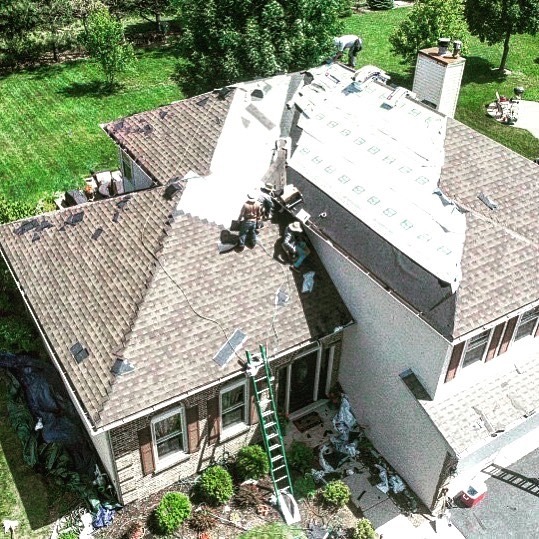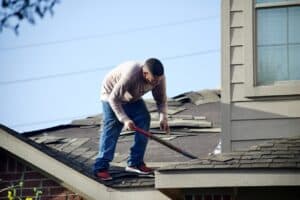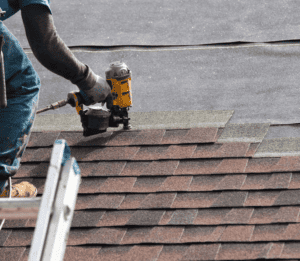The roof is often one of the most neglected areas of the home. This is ironic as it is one of the main infrastructure protecting you and your home from weather. Your roof is exposed daily to ultraviolet rays from the sun that can cause shingles to become brittle and crack. For example, extreme temperatures can cause roofing materials to expand and shrink leading to damage.
It is imperative to keep an eye on your roof, especially before and after a storm or any extreme weather events. Preventative inspection and maintenance can help save you money and improve the lifespan of your roof. While you can’t predict or change weather, there are several proactive steps you can take to protect your room that will help minimize damage and reduce expensive repairs.
Here are seven tips to help you protect your roof from weather damage.
Inspect your roof regularly
It is a good idea to get into the habit of regularly inspecting your roof, especially after a severe weather event. A general rule of thumb is to inspect your roof at least twice a year.
While you are inspecting your roof, take note of any missing or damaged shingles and check for damaged flashing around skylights, chimneys, and vent stacks. Weakened shingles and flashing can blow away during extreme weather and create leaks that lead to water damage.
Properly store outdoor furniture
Any piece of outdoor furniture on your deck, in your backyard or by your pool can become a dangerous object during high winds. These items should be anchored to the ground, if possible, or securely stored before any extreme weather event. It is best to store furniture, flowerpots and other lawn decorations in an enclosed space, such as a pool house, shed or garage.
Landscaping
This may come as a surprise but the right landscaping can help protect your property during an extreme weather event. Strategically planting trees and shrubs can create a natural windbreak and thus shield your home. It is best to have a mix of shorter and taller trees that can help slow the winds down.
Prune branches
Regularly pruning and trimming trees on your property is essential. Tree branches that are too close to your house or that are weak can damage your home during an extreme weather event. Pruning is something that should be done regularly but it is especially important before and after a storm.
Clean your rain gutters
Clearing debris and leaves from your rain gutters should be done regularly, especially during seasonal changes (e.g. before winter) and before an extreme weather event. If you do not regularly clear debris from your gutters, that debris will eventually end up downspout, where it can become clogged. If this happens, rainwater will pour out of the gutters, damaging your roof, siding and trim. The excess weight of debris, especially wet leaves, can cause your gutters to detach from the anchor point or collapse.
Secure roof-mounted items
If you have a satellite dish, air conditioning unit or solar panels on your roof, then you need to regularly check these items to ensure they are firmly attached. These items can easily detach in severe weather, especially high winds, leaving gaping holes in your roof.
Ongoing maintenance
It is a bad idea to assume that your roof is fine and will hold up against all extreme weather events. While it can be frustrating to spend money on maintaining your roof, it will inevitably save you money in the long run. An experienced roofer can assist you with an ongoing program to ensure your roof remains in the best shape possible.
In fact, most damage resulting from storms is not actually because by bad weather. Instead, it is related to age and neglect. Maintaining your roof will ensure that it can tolerate a lot more extreme weather than if you just ignore it.










